The government will likely constitute a panel to review the existing methodology behind poverty calculations, after official figures anomalously depicted a decline in the incidence of poverty in 2011; despite sluggish growth in the economy and double-digit inflation over five consecutive years.
A summary to this effect has been moved to the Deputy Chairman of the Planning Commission for deliberation, sources in the Planning Commission told The Express Tribune.
The need to constitute the panel arose after the consumption-based methodology used in the calculation showed a 4.8% ‘decline’ in the incidence of poverty. According to the findings of the Household Integrated Economic Survey (HIES) 2011, the incidence of poverty purportedly decreased from 17.2% in 2008, to 12.4% in 2011. According to the HIES, average per capita monthly expenditures rose by 57.5%, while average per capita monthly income grew 55.5% between 2008 and 2011.
After these figures were officially announced, the government found itself in a tight spot when asked to explain how over seven million Pakistanis were suddenly transported above the poverty line. It has so far desisted from giving its own explanation for the misreporting of poverty figures.
The committee’s proposed mandate is to review the methodology, which is currently based on consumption. According to the method used, if a person is able to consume 2,350 calories per day – which cost Rs1,745 per month – then the individual is assumed to be living above the poverty line.
This methodology had been introduced during Pervez Musharraf’s regime, and had instantly led to a ‘decline’ in poverty figures by over 11 percentage points. During the same period, though, as poverty ‘declined’, inequality was calculated as having risen in the country. This meant that there were fewer poor persons in the country, but wealth was not distributed equally across income groups.
But according to the HIES, not only did poverty fall, but inequality also diminished in 2011. This effectively meant that there were lesser poor persons in the country, and that the nation’s wealth was more equitably distributed. Even a cursory analysis of independent economic data reveals that this is certainly not the case.
The GM Arif Committee – constituted by the Planning Commission to crunch poverty-related numbers – has also recommended analysing this ‘unique’ trend, yielded by the current calculations, in greater detail.
Independent economists, including authorities on poverty, are of the view that the existing methodology was designed in a way that poverty figures would keep declining over the years, irrespective of ground realities. This would benefit electioneering and score brownie points for the government when its economic policies came under review.
Officials in the Planning Commission are also critical of the modern calculation method, and expressed a mock fear that “a day will come when officially there will be no poor in the country.” Sarcasm aside, they complained that such practices are extremely damaging to the already hurt credibility of official statistics.
One of the alternatives to the existing methodology is shifting to a multi-dimensional poverty index; which covers health, sanitation and education indicators in the calculation of poverty. A similar index is currently in use by the United Nations. But the results of such a comprehensive methodology may not serve vested interests. According to the UN’s Multi-Dimensional Poverty Index, half of Pakistan’s population currently lives below the poverty line.
It remains to be seen whether the government will acknowledge the sufferings of this segment and reformulate policy to ameliorate the situation, or continue to find comfort in falsified numbers that allow it to make claims of non-existent betterment in the economic state of the country.
Published in The Express Tribune, July 28th, 2012.
COMMENTS (5)
Comments are moderated and generally will be posted if they are on-topic and not abusive.
For more information, please see our Comments FAQ



1730360426-0/Menendez-Brothers-(2)1730360426-0-165x106.webp)






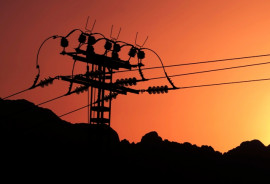






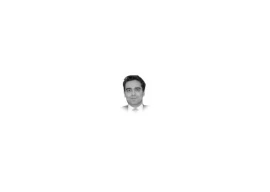

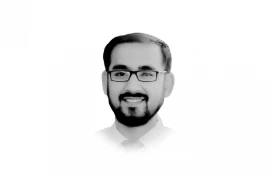
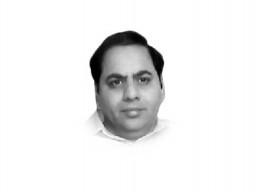
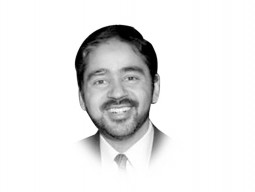
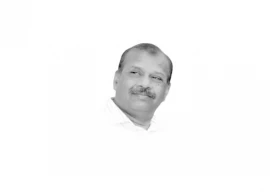
@vasan: India also has similar standards. There was a huge hue and cry in India about the cutoff line for poverty.
@vasan: Pakistani Citizens defenitely have more buying power now than ever before, there is no doubt about that. But buying power alone is not considered enough for overall health of the community. For example, even if half of the residents of a village are rich because they have relatives who are sending them huge some of money from works elswhere but the living standard of people of the village is still primitive when it comes to basic health & education facilities, hygiene and accessibilty to modern life resources, then despite of the visible wealth all the people of this village are consdired Poor. Its as simple as that.
If consuming 2345 calories per day cost Rs. 1745 per month, the committee prepared this report does not live in Pakistan. A Raja Bazar trader is better economist than sitting in the Planning Commission.
So Pakistan has become a rich country or about to become one. When a person consumes Rs 1745/= per month, it works out to $20 a month or 60 cents a day.approx. Not bad for a rich country, uh! One question remain though, Why would 25% of pakistanis want to get out of Pakistan ???
What does the UN multi-dimensional index show? You seem to brush that aside!